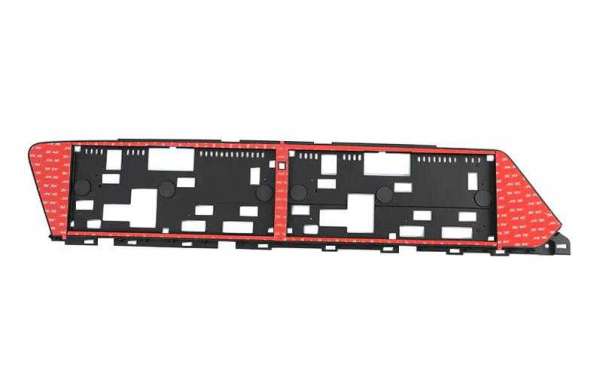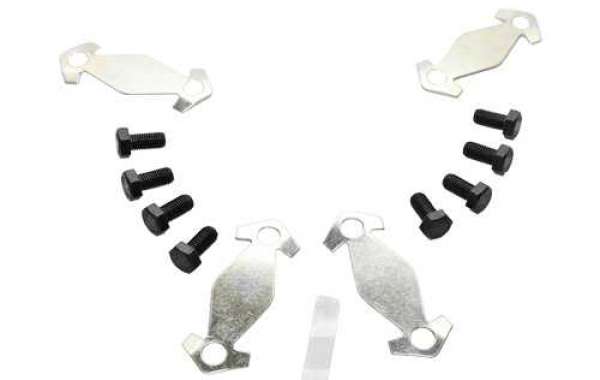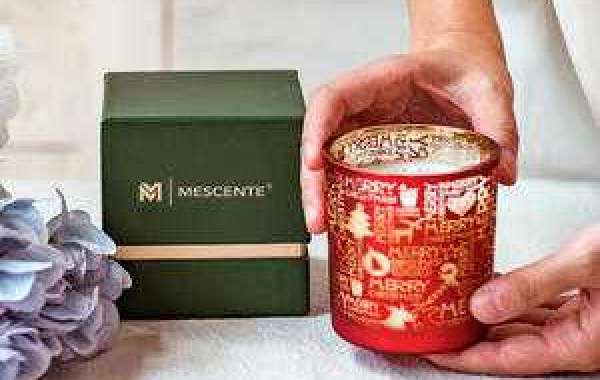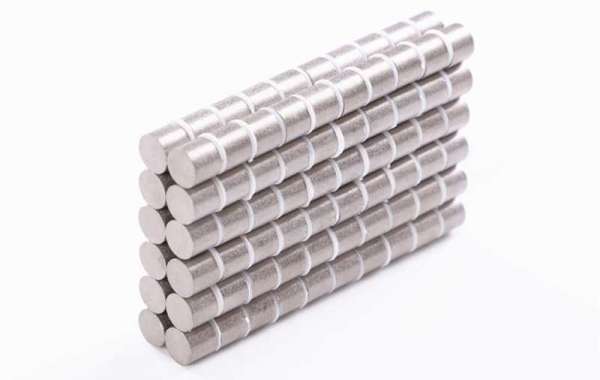Automotive Interior parts have excellent weather resistance, ensuring that they will not change color or age and crack after long-term use (including heat-resistant oxygen aging and light aging);
Good chemical resistance to resist the erosion of oil and daily chemicals;
Easy to formability, should have sufficient fluidity for injection-grade materials, ensure the formation of complex parts, and improve production efficiency;
Economical requires materials with high cost performance.
Material requirements for exterior parts
Weather resistance: weather-resistant materials, such as AES, ASA (AAS), PC/PBT (PET), etc., should be used for parts that are not painted or electroplated;
Heat resistance: Due to the low ambient temperature, the standard heat resistance level can meet the requirements;
Low temperature resistance: the material is required to have a certain low temperature resistance to prevent the components from cracking in the low temperature environment in winter;
Chemical resistance: prevent the erosion of oil and acid rain;
Scratch resistance: The material is required to have a certain surface hardness and a low coefficient of friction to prevent scratches.
Material requirements for Plastic parts of car center console
Heat resistance: Due to the long-term sunlight in summer, the temperature inside the vehicle compartment is relatively high, and the interior materials are required to have high heat resistance;
Aging resistance: including thermal oxidative aging and light aging, to prevent aging, discoloration and deterioration of components;
Odor: For the health of drivers and passengers, materials should ensure low volatility and low odor;
Matte: To ensure driving safety, use matte materials or matte textures;
Scratch resistance: The material is required to have a certain surface hardness and a low coefficient of friction to prevent scratching and fluffing.








